
The authors call for future research to determine whether these findings extend to other populations and health care settings.

The authors call for future research to determine whether these findings extend to other populations and health care settings.
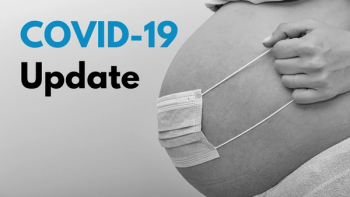
Data on COVID-19 during pregnancy, as reported by the CDC, in collaboration with state, local, and territorial health departments and external partners.

Two senior administration officials from Operation Warp Speed offered several updates on COVID-19 vaccine development.
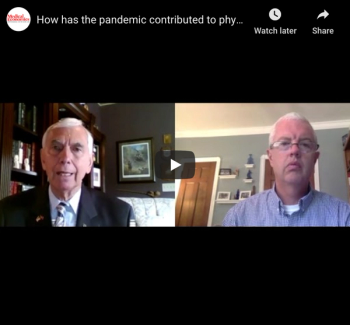
In a recent interview from Medical Economics, Thomas Ely, DO, discusses how the pandemic is affecting physicians.

In the latest issue of Medical Economics, several coding experts give advice on maintaining compliance and collecting revenue for virtual services in the first part of this two-part coding guide.

Here’s the latest data, updated on August 14.

COVID-19 has brought on plenty of change to all aspects of life, and obstetrics and gynecology is not excluded.

In a first-of-its-kind report, investigators from New York City have described identification of SARS-CoV-2 RNS in placenta and membrane samples at time of delivery.

The data below is a reflection of data collected weekly by the Centers for Disease Control and Prevention (CDC). The cases reported are only confirmed cases with laboratory evidence of SARS-CoV-2 infection.

Here’s the latest data, updated on July 31:
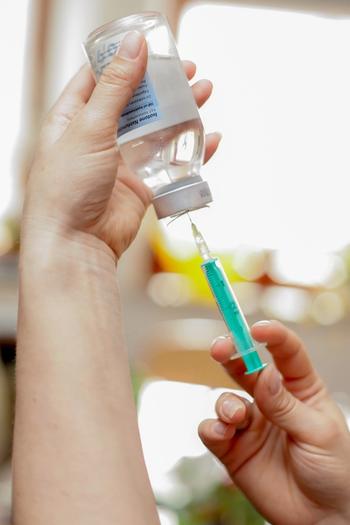
The U.S. government had entered into an agreement with Pfizer and BioNTech to acquire the first 100 million doses of a potential COVID-19 vaccine.

This Thursday, July 30, 2020 at 6 p.m. EDT, join us for a 1-hour live webinar as experts in infectious disease, virology, and vaccinology break down the top vaccine candidates, key findings from the latest clinical trials, and discuss ways to overcome the logistical hurdles of a vaccine rollout amid a global pandemic.

Here’s the latest data, updated on July 23:
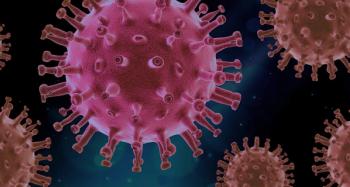
Many of the goals mentioned in the plan intersect with the mission of the NIH Office of Research on Women’s Health (ORWH).
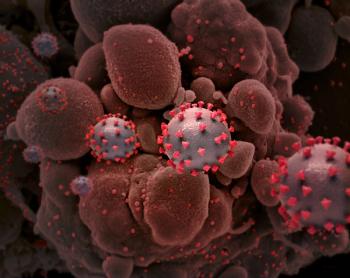
A new study from the National Institutes of Health (NIH) may shed light on why the virus has rarely been found in fetuses and newborns of mothers infected with COVID-19.

Contemporary OB/GYN Senior Editor Angie DeRosa interviews Maternal-Fetal Medicine Specialist Dr. Washington Hill to get his perspective on what practicing ob/gyns can do to address implicit bias and racism in the health care system.

Although clinicians are getting used to incorporating telehealth into everyday practice, ensuring they get paid for these virtual visits is essential.

Data on COVID-19 during pregnancy, as reported by the CDC, in collaboration with state, local, and territorial health departments and external partners.

This episode of Pap Talk by Contemporary OB/GYN features an interview with Dr. Kristina Adams-Waldorf, Professor in the Department of Obstetrics and Gynecology and Adjunct Professor in Global Health at the University of Washington (UW) School of Medicine in Seattle.

This episode of Pap Talk by Contemporary OB/GYN features an interview with Dr. Emily S. Miller, with Northwestern Medicine in Chicago.

To date, COVID-19 continues to challenge public health infrastructure, out-pace hospital and physician capacity, make people ill, and kill on a global scale.
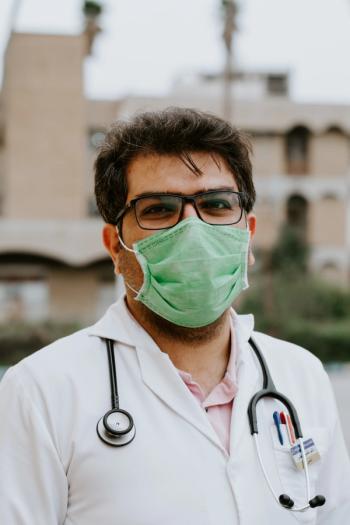
Here are some practical steps you can take to secure your practice's future.

This episode of Pap Talk by Contemporary OB/GYN features an interview with Dr. Sarah Dotters-Katz, a Maternal-Fetal Medicine Specialist at Duke Health in Durham, NC, in which she discusses her perspective on COVID-19 and its impact on pregnant patients in her area of the US.

Data on COVID-19 during pregnancy, as reported by the CDC, in collaboration with state, local, and territorial health departments and external partners.

A new analysis by researchers who analyze crime statistics shows that in two major metropolitan areas, domestic violence reports increased during the COVID-19 pandemic.